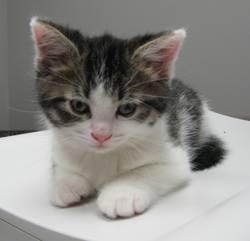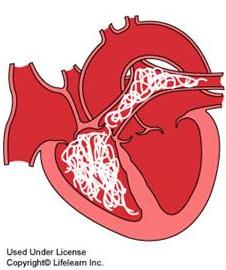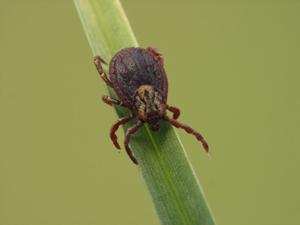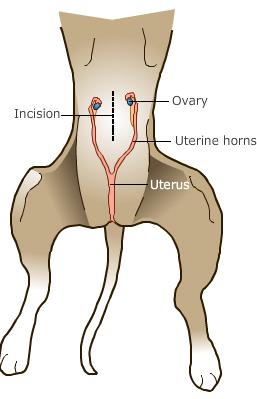What is feline asthma?
Feline asthma is one of the most common respiratory issues we see in cats. For reasons we don’t totally understand, cats with this issue have lungs that become very hypersensitive to things, which can cause a severe inflammation and constriction of the lungs’ passageways.
What are signs of feline asthma?
- Occasional or chronic cough
- Wheezing
- Exercise intolerance
- Severe acute emergency respiratory distress and open mouth breathing
What causes feline asthma?
Unfortunately, we don’t know why some cats get this disease. They seem to be hypersensitive to allergens that can include pollen, dust, cigarette smoke, kitty litter, and occasionally some pet foods. There are likely a lot more allergens that can trigger asthma that we are unaware of. Asthma can affect cats of any age and sex. Both indoor and outdoor cats can be affected.
How is feline asthma diagnosed?
Diagnosis begins with a trip to your veterinarian when you notice that your cat has developed a cough or respiratory difficulty. Your veterinarian will listen to your cat’s heart and lungs to rule out heart disease as being a cause for coughing.
Next, your vet may want to perform bloodwork and x-rays of the chest. Some cats with asthma have an increase in a type of white blood cell called “eosinophils”, which is associated with allergic responses. Chest x-rays will allow your vet to look for signs of asthma such as thickening of the passageways. It will also allow your vet to rule out other issues like heart disease, pneumonia and cancer.
Your vet may also want to perform a fecal test to rule out lung worm, a parasite that can live in your cat’s lungs.
Once your vet has all this information, she can make a presumptive diagnosis of feline asthma.
How is feline asthma treated?
Unfortunately, we have no cure for feline asthma. The good news is that we do have options to manage it and cats with the disease can live long and excellent lives.
The first line of treatment is to use a steroid medication to bring down the inflammation in the lungs and irritation in the lungs. While steroid medications are available in tablet form, they are also available as an inhaler to be used with a cat-specific chamber such as aerokat. The inhaler is a nice option to avoid the systemic effects of oral steroids.
In some cases, a bronchodilator may also be used. This helps to open up the air passageways, making it easier to breathe.
If your cat has asthma, you can also help prevent asthma attacks by using some of the following tips:
- Keeping your cat a healthy weight
- Avoid having allergens in the house such as dusty kitty litter, perfume, strong scented cleaners, and cigarette smoke
- Minimize the amount of stress your cat has to face
- Use a humidifier
If you ever notice that your cat has developed a cough, it is best to see a veterinarian right away so that she can help prevent your cat going into severe respiratory distress – which is an emergency situation!
Call us at Mitchell Veterinary Services right away if you have any questions or concerns about your cat’s health, we are always happy to answer!
















